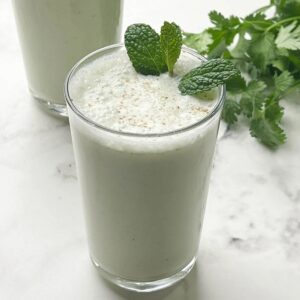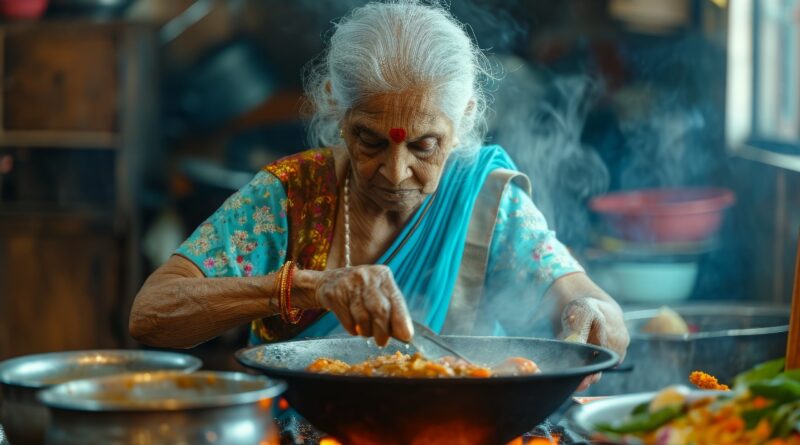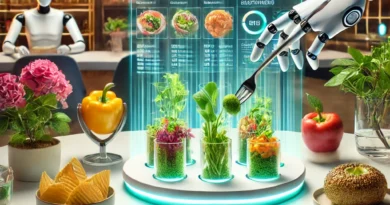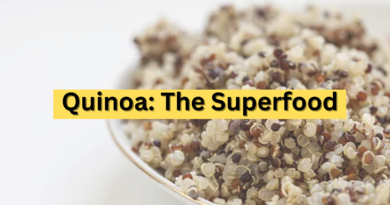Why More People Are Choosing Fresh, Local Meals in 2025
“Why did I eat that again?” That thought creeps in every time we reach for yet another packet of chips or heat up that ready-to-eat meal after a long workday. You weren’t even that hungry, just exhausted, maybe stressed, or simply didn’t have the time or energy to cook. It filled your stomach, sure… but left you feeling meh, bloated, and maybe even a little guilty.

Let’s be clear, there’s nothing wrong with indulging once in a while. A lazy day, a comfort snack, or the occasional ready meal is perfectly okay. Life is busy, and we’re all doing our best.
But when that kind of eating becomes the everyday default, that’s when the real trouble starts to show up — in your energy, digestion, mood, and long-term health.
What’s Actually In That Packet?
Most packaged foods, from instant noodles to ready gravies, are designed for convenience, not nourishment. They’re:
- High in sodium, preservatives, and added sugars
- Low in real nutrients, fiber, or freshness
- Often ultra-processed, which can impact digestion and gut health
- Quick to eat, but not satisfying for long
They fill you up. But they don’t fuel you.
So, Why Are People Turning Back to Fresh, Local Indian Meals?
Because our bodies are smart. And after a few months (or years) of shortcut meals, they start asking for better, more real food.
In 2025, we’re seeing a growing number of people:
✅ Want meals that feel better, lighter, cleaner, easier on the stomach
✅ Crave familiar, home-style food that’s comforting without being junk
✅ Are done with crash diets that don’t stick
✅ Want food that’s made with care, not just convenience
And the answer is surprisingly simple: fresh, local, real meals — the kind we grew up eating (or wish we did).
So What Does “Real Food” Look Like?
It’s not complicated. In fact, it’s refreshingly ordinary — meals made with whole ingredients, balanced flavors, and rooted in what’s locally available in India and seasonal.
Here are some simple ways to bring more real food into your routine:
🍛 Dals & Grains—The OG Nourishers
Indian dals and traditional grains have long been a source of nutritious, balanced meals. They’re rich in plant-based protein, fiber, and essential minerals, making them excellent for digestion, energy, and overall wellness.
What makes dals and grains so special is their versatility. Whether you’re looking for a light lunch, a hearty dinner, or a protein-packed snack, there’s always a way to include them in your day without much effort.
How to include them in your daily meals:
- Enjoy a comforting bowl of masoor or toor dal with rice or roti. Add a simple tempering of mustard seeds, garlic, and curry leaves to boost flavor and digestion.
- Prepare vegetable khichdi using moong dal and seasonal veggies. Add a spoonful of ghee for a wholesome, nourishing dinner—especially after a long, tiring day.
- Whip up a quick sprouted moong salad with chopped onions, tomatoes, coriander, lemon juice, and a sprinkle of chaat masala. It makes for a refreshing, protein-rich snack.
You can also explore traditional grains like jowar, bajra, and ragi, which are naturally gluten-free and packed with nutrients. They’re great for days when you want something filling yet easy on the stomach.
Simple, affordable, and full of goodness—dals and grains continue to be everyday essentials that support your health while keeping meals delicious and satisfying.
Seasonal Veggies—Your Body Will Thank You
There’s a reason our grandparents always said, “Eat what’s in season.” Seasonal vegetables grow in harmony with the climate and are naturally designed to support your body through it—whether it’s keeping you warm in winter or cool in the scorching heat.
Each season brings its own set of nutrient-packed heroes. In winter, it’s the leafy greens and root veggies. In monsoon, it’s the light, fibrous gourds. And now, as summer sets in across India, it’s time to bring out the real MVPs of the season.
Think: lauki, tinda, bhindi, and karela. They may not always look the prettiest, but they’re loaded with hydration, fiber, and cooling properties—exactly what your body craves when the temperature starts climbing in cities like Delhi, Nagpur, or Jaipur.
Want a deeper dive into summer-friendly, affordable 10 Indian superfoods?
👉 Don’t miss our latest guide on 10 desi summer superfoods that keep you cool and your meals exciting.
Try this at home or in your next order:
- Lauki with moong dal and soft phulkas
- Bhindi tossed in mustard seeds and curry leaves
- Stuffed karela (yes, it’s tasty!) with a bowl of curd rice
- Tinda sabzi with jeera rice for a light dinner

🥛 Desi Probiotics – Gut Care, No Import Needed
Let’s be honest—those glass bottles of kombucha and imported yogurt drinks might look cool on Instagram, but your gut doesn’t need a passport to feel better. For generations, Indian kitchens have been brewing their own gut-friendly magic, no hashtags required.
From curd to chaas, from fermented rice to sun-cured pickles, our meals have always known how to look after our digestion—especially during the summer when our bodies need extra cooling and gut balance.
Try these easy ways to include desi probiotics in your daily meals:
- Chaas (buttermilk) as a mid-morning cooler—especially when you’re running between meetings and can’t stomach another chai.
- Curd rice for dinner on hot nights—it’s soothing, filling, and perfect when the day’s heat has drained you.
- A spoonful of lemon or garlic pickle with your thali—tiny in portion, mighty in impact.
Pro tip: Add mint, curry leaves, or roasted jeera to chaas or curd for added digestion support. It’s all about simple tweaks!
🫕 One-Pot Wonders—When You’re Low on Time
Let’s face it—not every day is a “cook a three-course meal” day. Between deadlines, chores, and just life, some days all you want is something warm, filling, and fast. That’s where one-pot Indian meals come in.
These humble heroes are quick to make, easy to clean up after, and endlessly comforting. They also pack in the nutrients without demanding an hour of your evening.
Some no-fuss favorites to try:
- Poha with peanuts, turmeric, and a dash of lemon—it’s light, flavorful, and perfect for breakfast or an evening snack.
- Lemon rice with curry leaves and mustard seeds—great for lunch boxes or dinner when you just can’t deal with too many dishes.
- Moong dal soup or sabzi with leftover roti torn in—comfort food level: expert.
These dishes are lifesavers whether you’re living solo, working late, or just not in the mood to cook much. And if you’re ordering in? Look for these homestyle meals on your delivery app—they hit the spot without the post-meal guilt.
But What About Time?
That’s the big question, right?
Who has time to cook every day? We get it. Real food sounds great, but real life gets in the way.
Here’s the good news. You don’t always have to cook to eat fresh.
That’s where the rise of fresh meal delivery options comes in—meals made by real people in real kitchens, not factories. These aren’t frozen, not mass-produced, and not plucked off a supermarket shelf. They’re the middle path we’ve all been looking for—homestyle, nourishing, and hassle-free.
On busy days when cooking feels like a task, these options can keep you on track without the guilt.
In Conclusion: Your body knows what’s real
This isn’t about being perfect. It’s not about cutting out snacks or never having instant noodles again.
It’s just about listening to your body a little more.
The truth is that food that’s fresh, local, and made with real ingredients just feels better. It keeps you light, focused, and more in control of your health. And when that bowl of dal or curd rice hits just right, you don’t walk away thinking, “Why did I eat that again?”
You walk away feeling… good. And that’s the point.




